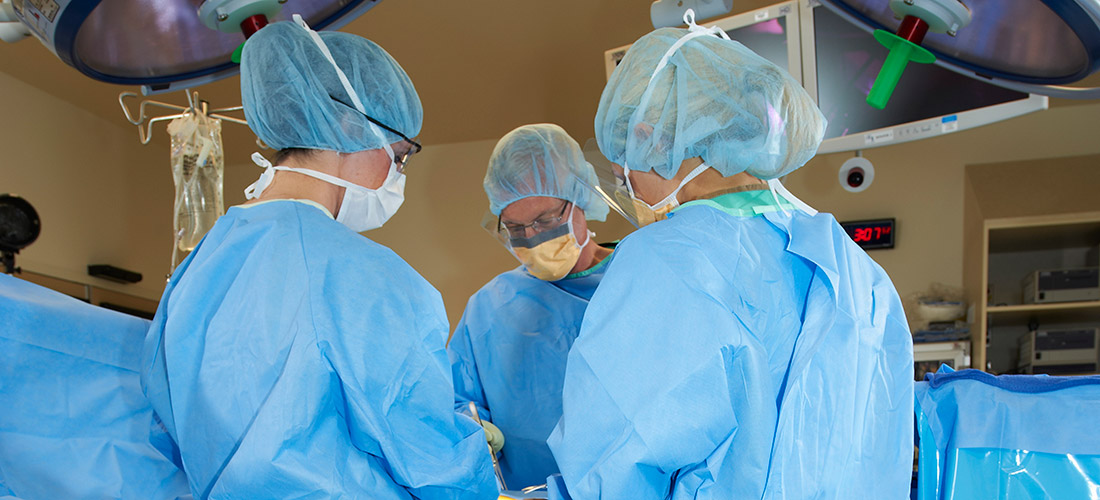Surgical Attire in 2020: 3 Actions to Take
By: Aorn Staff
Published: 4/6/2022
Surgical Attire in 2020: 3 Actions to Take

Changes in the surgical attire guideline based on new published evidence from 2015 to present have led to revisions with recommendations based on the new findings, according to Lisa Spruce, DNP, RN, ACNP, CNOR, CNS-CP, ACNS, FAAN, director of evidence-based perioperative practice for AORN.
On the topic of hair covering, there were four new studies that looked at type of hair covering worn and their respective impact on SSI rates. This new evidence determined there is no association between the type of hair covering worn or extent of hair coverage with the outcome of SSI rates. Based on this evidence the type of hair covering recommendation changed for 2020. The revision states that the scalp and hair should be covered when entering the semi-restricted and restricted areas and no recommendation is made for type of covering.
Here are three evidence-driven actions Spruce says a nurse can take to discuss the guideline revisions as a team as they plan updates to attire policies.
- First and foremost, it’s important to share the evidence that was used in the attire guideline. AORN provides evidence tables for every guideline that are open access, Spruce says. “By reviewing the evidence to support the recommendations, clinicians have the rationale to drive decision-making relevant to their setting and specialty.”
- Second, it’s important to form an interdisciplinary team to make decisions about attire practice changes. She suggests, “the team should include infection preventionists to review the evidence, discuss patient risks and any other issues deemed important at individual facilities before practice changes are implemented.”
- Third, it’s important to make a plan for implementing attire changes.
“Implementing change should involve a team that can clearly define the change and align it to patient safety goals, develop a communication strategy, provide training if needed, provide support for the change and measure the impact of the change,” Spruce explains.
For surgical attire changes, she says patient infection rates should be monitored after the changes are implemented.
Learn more from Spruce about the evidence driving attire changes and how nurses are supporting teams in implementing these changes during a special education session on the updated Guideline for Surgical Attire at the Global Surgical Conference & Expo 2020.

